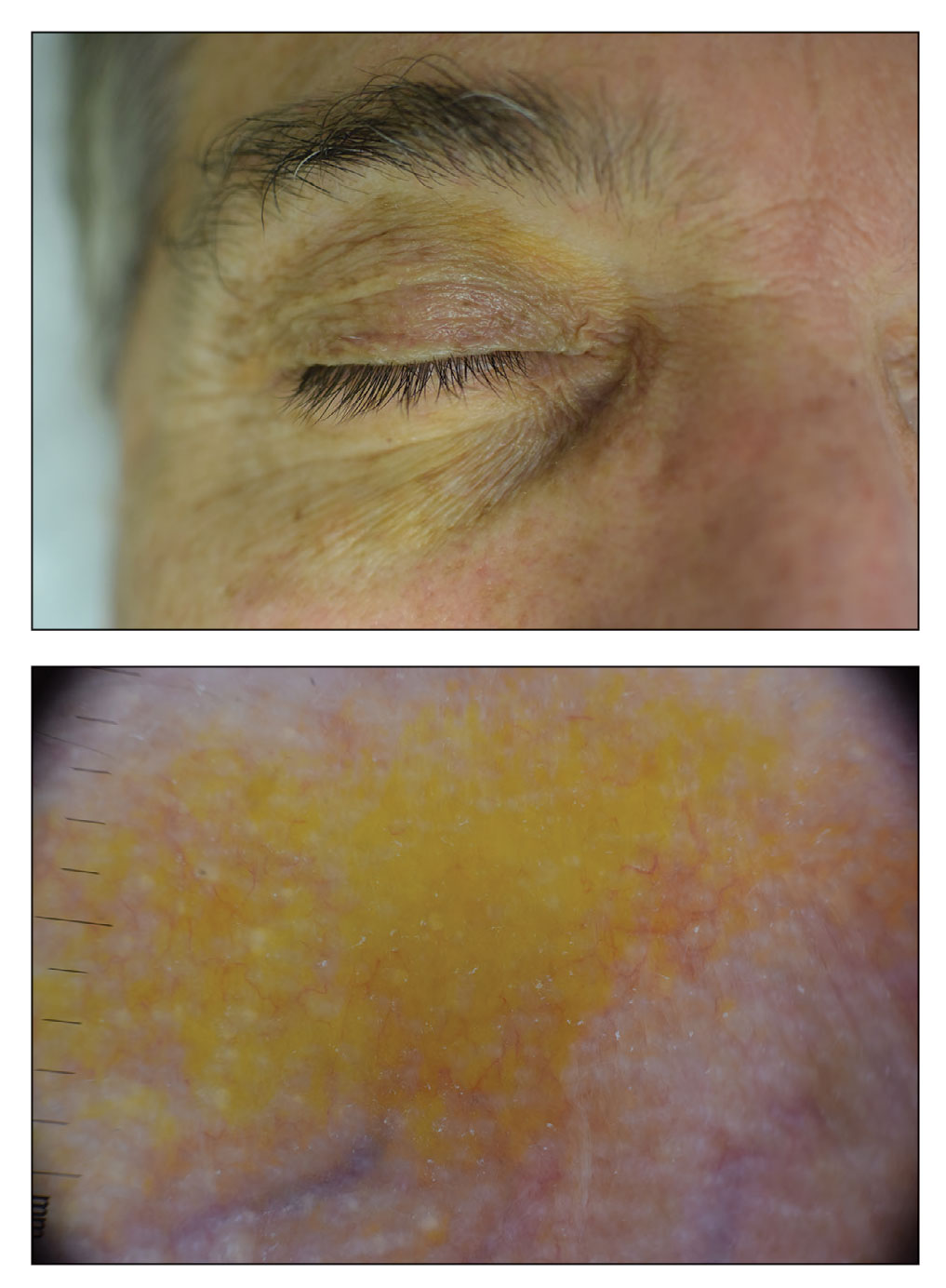What Are Veneers Downsides? Fixing Common Issues
Dental veneers have become a popular cosmetic dentistry solution for individuals seeking to improve the appearance of their teeth. These thin, custom-made shells are bonded to the front of teeth to enhance their shape, color, and overall aesthetic. While veneers can significantly boost one’s confidence and smile, they are not without their downsides. Understanding the potential issues associated with veneers is crucial for making an informed decision about this dental procedure.
One of the primary concerns with veneers is their cost. The process of designing, creating, and applying veneers is intricate and requires a high level of skill, which can drive up the price. On average, a single veneer can cost anywhere from 500 to 1,500, depending on the material used (porcelain or composite), the dentist’s expertise, and the location. For individuals looking to veneer multiple teeth, the total cost can be prohibitively expensive, making it a significant investment that not everyone can afford.
Another downside of veneers is the irreversibility of the procedure. To apply veneers, a small amount of enamel must be removed from the tooth surface. This preparation is essential for ensuring a proper fit and preventing the veneered tooth from appearing too bulky. However, once the enamel is removed, it cannot be restored, which means that the tooth will always require some form of coverage, either with veneers or another dental restoration. This permanent alteration can be a significant consideration for individuals who are hesitant about committing to a lifelong maintenance regimen for their veneers.
Sensitivity is another common issue that can arise after veneer placement. The process of preparing the tooth and bonding the veneer can sometimes cause temporary sensitivity, especially to hot and cold temperatures. While this sensitivity often resolves on its own within a few weeks, it can be uncomfortable and may require some adjustments in eating and drinking habits until it subsides. In rare cases, the sensitivity can persist, necessitating additional dental work to address the issue.
Despite the high quality of modern veneers, they are not immune to damage. Chipping or cracking can occur, especially if the veneer is subjected to excessive force, such as biting down on hard objects or grinding teeth (bruxism). While minor chips can sometimes be repaired, more significant damage may require the veneer to be replaced entirely, adding to the overall cost of the procedure.
The longevity of veneers is also a consideration. With proper care, veneers can last for many years, typically between 10 to 20 years. However, their lifespan depends on various factors, including oral hygiene practices, dietary habits, and the presence of any destructive habits like teeth grinding. Over time, veneers may need to be replaced, which can be a recurring expense.
Furthermore, veneers may not be suitable for everyone, particularly those with significant tooth decay, active gum disease, or a insufficient amount of tooth structure to support the veneer. In such cases, other dental restoration options might be more appropriate. It’s also worth noting that veneers are primarily a cosmetic solution and do not address functional issues like bite problems or teeth misalignment. These underlying issues may need to be addressed separately to ensure the best outcome and longevity of the veneers.
In addition to these considerations, there are steps that can be taken to mitigate some of the downsides associated with veneers. For instance, choosing a skilled and experienced dentist can significantly impact the success and durability of the veneers. A thorough consultation and examination are essential for determining whether veneers are the right choice for an individual’s specific needs and for discussing the potential risks and benefits in detail.
Maintaining good oral hygiene is also crucial for the longevity of veneers. Regular brushing, flossing, and dental check-ups can help prevent issues like decay and gum disease, which can compromise the health of the veneered tooth and the surrounding teeth. Avoiding habits that can damage veneers, such as biting nails or chewing on ice, and wearing a mouthguard at night if one grinds their teeth, can also extend the life of the veneers.
In conclusion, while veneers offer a highly effective way to enhance the appearance of teeth, they come with several downsides that should be carefully considered. From the initial cost and permanence of the procedure, through potential sensitivity and the risk of damage, understanding these factors is essential for making an informed decision. By weighing these considerations and taking proactive steps to maintain oral health and mitigate risks, individuals can enjoy the benefits of veneers while minimizing their downsides.
What is the average cost of dental veneers?
+The average cost of a single dental veneer can range from $500 to $1,500, depending on factors like the material used, the dentist's expertise, and the location.
Are veneers reversible?
+No, the process of applying veneers is not reversible because it requires the removal of a small amount of enamel from the tooth surface, which cannot be restored.
How long do dental veneers last?
+With proper care, veneers can last for 10 to 20 years. Their longevity depends on factors like oral hygiene practices, dietary habits, and the presence of destructive habits.
Can veneers be damaged?
+Yes, veneers can be damaged through chipping or cracking, especially if subjected to excessive force. While minor damage can sometimes be repaired, more significant issues may require the veneer to be replaced.
In the realm of cosmetic dentistry, understanding the potential downsides of a procedure is just as important as appreciating its benefits. By being aware of the considerations and challenges associated with veneers, individuals can make more informed decisions about their dental care and ensure that they are well-prepared for both the immediate and long-term aspects of veneer placement. Whether one is seeking to correct the appearance of a single tooth or to achieve a complete smile makeover, veneers can be a powerful tool, but their success hinges on a thorough understanding of what they entail.


